Top 10 Best Keyboard To Buy, Price, History, Invention, Full Form, Types, Compare, Review, Fact
What is a Keyboard?
A keyboard is an input device used primarily for typing and entering data into computers, smartphones, and other electronic devices. It typically consists of a set of keys arranged in a layout that includes letters, numbers, symbols, and function keys. Keyboards come in various forms and can be connected to devices through wired connections (such as USB) or wirelessly (via Bluetooth or other wireless technologies).

There are many types of keyboards, including:
- Mechanical keyboards: These use individual mechanical switches under each key, providing tactile feedback and a more durable design.
- Membrane keyboards: These have keys that press down on a rubber or silicone membrane, making them quieter and generally more affordable than mechanical keyboards.
- Scissor-switch keyboards: These are commonly found in laptops and use a scissor-like mechanism under each key, offering a low-profile design and shorter key travel.
- Virtual keyboards: These are on-screen keyboards found on touchscreen devices like smartphones and tablets, allowing users to type by tapping on the screen.
Keyboards also come in various layouts, such as QWERTY, AZERTY, and Dvorak, which are designed to optimize typing speed and efficiency based on the arrangement of keys.
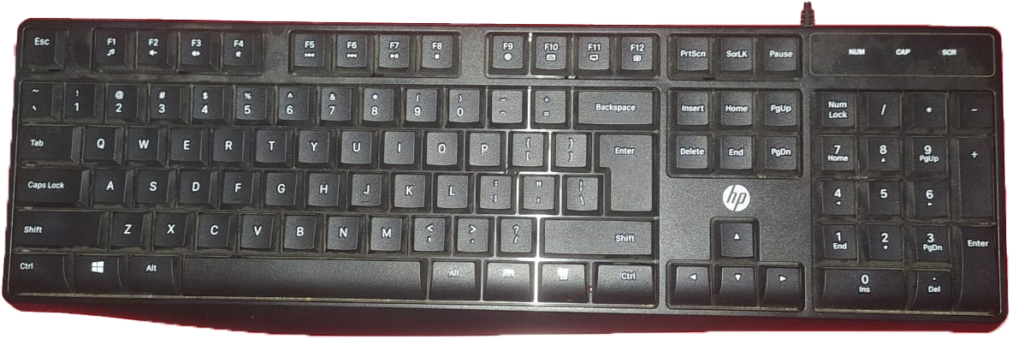
Also Read:-Hard Disk Complete Details, Top 10 Best Brands, Price, History, Compare, Review, Facts, HDD, SSD
Types of Keyboard?
There are several types of keyboards, each with distinct characteristics and uses. Some common types of keyboards include:
- Mechanical keyboards: These keyboards use individual mechanical switches beneath each key, providing tactile feedback, durability, and a more satisfying typing experience. Mechanical keyboards are popular among gamers and typists who prefer a responsive and consistent feel.
- Membrane keyboards: Membrane keyboards feature keys that press down on a rubber or silicone membrane. They are generally quieter and more affordable than mechanical keyboards but often provide less tactile feedback and have a mushier feel.
- Scissor-switch keyboards: Scissor-switch keyboards use a scissor-like mechanism beneath each key, resulting in a low-profile design and shorter key travel. These keyboards are commonly found in laptops and some slim desktop keyboards.
- Chiclet keyboards: These keyboards have keys with a flat, square shape and a slightly raised profile, resembling chiclet gum pieces. They are often found on laptops and offer a compact design with a lower profile than traditional keyboards.
- Virtual keyboards: Virtual keyboards are software-based, on-screen keyboards found on touchscreen devices like smartphones, tablets, and some touchscreen laptops. Users can type by tapping on the screen, and the keyboard layout can be easily changed through software settings.
- Roll-up keyboards: These are flexible, portable keyboards made from materials like silicone. They can be rolled up for easy transportation and are often used with tablets, smartphones, or other devices where a physical keyboard is not built-in.
- Ergonomic keyboards: Ergonomic keyboards are designed with the user’s comfort and health in mind. They often feature a split layout or a contoured shape to encourage natural hand and wrist positioning, which can help reduce strain and discomfort during long typing sessions.
- Gaming keyboards: These keyboards are specifically designed for gaming, with features like customizable backlighting, programmable keys, and faster key response times. They may also include mechanical switches for better performance and durability.
These are some of the most common types of keyboards, but there are many other variations and specialized designs available to suit different needs and preferences.

Read Also:-What is Laptop, Top Solid 5 Advantages, Disadvantages, laptop meaning, and uses, 10 uses of laptop
Who invented the Keyboard?
The invention of the modern keyboard cannot be attributed to a single individual, as it has evolved over time through the contributions of several inventors and innovations. However, the precursor to the modern computer keyboard is the typewriter, which was invented by Christopher Latham Sholes, an American newspaper editor, and printer.
Sholes, along with his colleagues Samuel Soule and Carlos Glidden, developed the first commercially successful typewriter, known as the Sholes and Glidden typewriter or the Remington No. 1, in the early 1870s. This typewriter introduced the QWERTY layout, which remains the standard keyboard layout for English-language keyboards today.
As computers became more prevalent, the need for a device to input data and commands led to the development of the computer keyboard. Early computer keyboards were based on the design and layout of electric typewriters. The first computer keyboard can be traced back to the 1940s when the teletype machine, which used a keyboard for input, was connected to early computers.
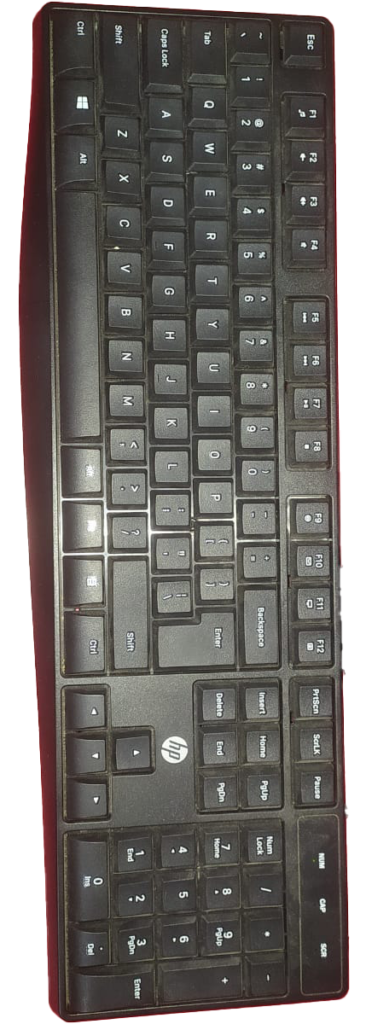
Keyboards have continued to evolve over time, with innovations such as the introduction of the IBM Model M in 1984, which popularized the mechanical buckling spring switches, and the development of various ergonomic and specialized keyboards to suit different needs and preferences.
Read Also:-CPU ka full form, Best Images, Price, Details
History of Keyboard?
The history of the keyboard as an input device can be traced back to the invention of the typewriter and has evolved through several stages to reach its current form. Here is a brief overview of the history of the keyboard:
- Typewriters (1860s-1870s): The invention of the typewriter by Christopher Latham Sholes, Samuel Soule, and Carlos Glidden in the early 1870s laid the foundation for modern keyboards. Their typewriter, the Sholes and Glidden or Remington No. 1, introduced the QWERTY layout, which is still used in keyboards today.
- Teletype machines (1930s-1940s): Teletype machines, which were used to send and receive typed messages over long distances, utilized keyboards as input devices. These machines were connected to early computers, making them the first instances of computer keyboards.
- Early computer keyboards (1950s-1960s): As computers advanced, so did the need for better input devices. Early computer keyboards were based on electric typewriters and teletype machines. The introduction of ASCII code in the 1960s provided a standardized way for keyboards to communicate with computers.
- Keyset and mouse (1960s): Douglas Engelbart invented the keyset and the computer mouse in the 1960s, which were used together as a new form of input device. While the mouse went on to become a standard computer peripheral, the keyset never gained widespread adoption.
- Personal computers and keyboard evolution (1970s-1980s): With the rise of personal computers like the Apple II, Commodore PET, and IBM PC, keyboards became a standard input device. The IBM Model M, released in 1984, popularized mechanical key switches and set a standard for keyboard design.
- Ergonomic and specialized keyboards (1990s-present): As computers became more common in the workplace, the need for ergonomic keyboards grew to address issues related to repetitive stress injuries. Various ergonomic designs, such as split keyboards and contoured keyboards, were introduced to improve user comfort. Additionally, specialized keyboards for gaming, multimedia, and other purposes emerged to cater to specific user needs.
- Virtual and touchscreen keyboards (2000s-present): With the advent of smartphones, tablets, and other touchscreen devices, virtual keyboards became a popular input method. These software-based keyboards can be easily customized and adapted to different languages and layouts.
Today, keyboards come in a wide variety of types, styles, and technologies, catering to the diverse needs of users around the world.
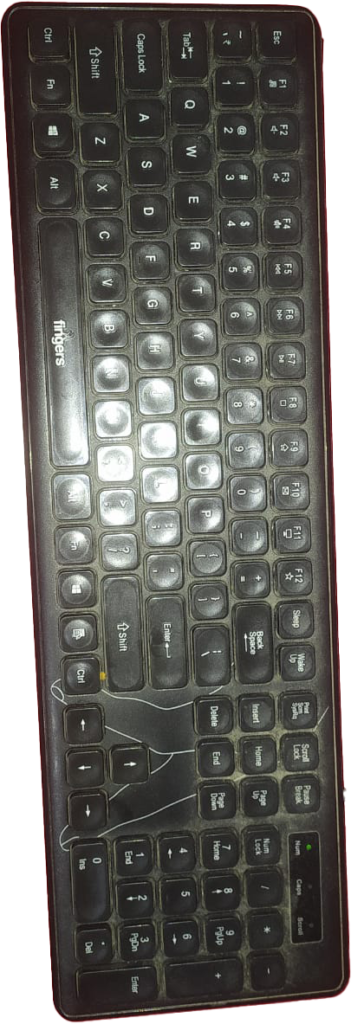
Top 10 Brand of Keyboard?
There are many brands that manufacture keyboards, each with its own unique designs, features, and target audiences. Here are ten of the top keyboard brands, listed in no particular order:
- Logitech: Logitech is a Swiss-based company that produces a wide range of computer peripherals, including keyboards, mice, and webcams. Their keyboards come in various designs, from basic wired models to ergonomic and wireless options.
- Microsoft: Microsoft is an American technology company known for its Windows operating system and Office productivity suite. They produce several types of keyboards, including ergonomic and wireless models.
- Corsair: Corsair is a California-based company that specializes in gaming hardware and peripherals. Their gaming keyboards feature customizable RGB lighting, mechanical switches, and macro programming.
- Razer: Razer is a Singaporean-American company that produces gaming laptops, peripherals, and accessories. Their keyboards feature mechanical switches, customizable lighting, and dedicated gaming features like programmable macros.
- HyperX: HyperX is a division of Kingston Technology that produces gaming hardware and accessories. Their gaming keyboards feature mechanical switches, customizable lighting, and durable designs.
- Apple: Apple is a California-based technology company known for its Mac computers, iPhones, and iPads. Their keyboards are designed specifically for Apple products and feature a slim, low-profile design.
- HP: HP is an American technology company that produces a wide range of electronics, including computers, printers, and peripherals. Their keyboards come in various designs, including wireless and ergonomic models.
- Dell: Dell is an American computer technology company that produces laptops, desktops, and peripherals. Their keyboards come in various designs, including wireless and ergonomic models.
- Asus: Asus is a Taiwanese multinational technology company that produces laptops, desktops, and computer peripherals. Their keyboards feature customizable lighting, gaming-centric designs, and durable construction.
- SteelSeries: SteelSeries is a Danish-American company that produces gaming hardware and peripherals. Their gaming keyboards feature customizable lighting, mechanical switches, and programmable macros.
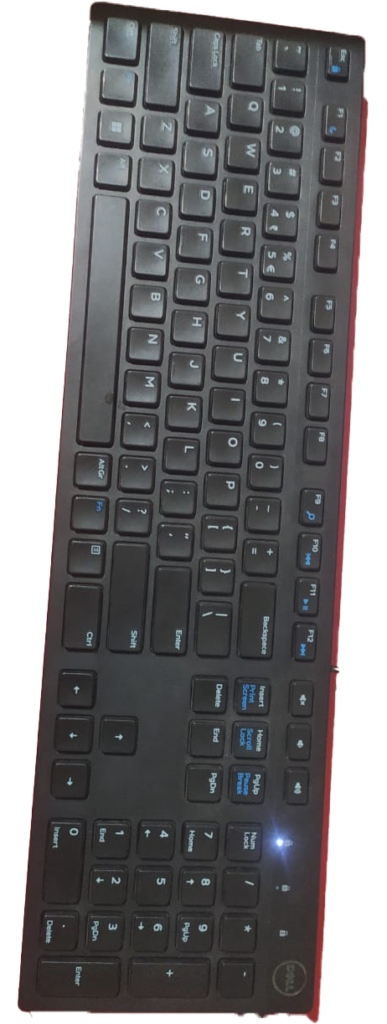
These are just a few of the top keyboard brands on the market, and there are many others that produce high-quality keyboards as well.
Interesting Facts about the keyboard?
Here are some interesting facts about keyboards:
- QWERTY: The QWERTY keyboard layout was designed to slow down typists in order to prevent the typewriter’s metal arms from jamming. It was not designed for speed or efficiency.
- Dvorak: The Dvorak Simplified Keyboard is an alternative keyboard layout that was designed for speed and efficiency. It arranges letters based on their frequency of use, with the most commonly used letters in the home row.
- Switch types: There are several types of key switches used in keyboards, including mechanical, dome, and scissor switches. Each type has a different feel and level of tactile feedback.
- Ergonomics: Ergonomic keyboards are designed to reduce strain on the hands, wrists, and arms during long typing sessions. They often feature split designs or contoured shapes to encourage natural hand and wrist positioning.
- Wireless: Wireless keyboards use radio frequency, Bluetooth, or infrared technology to connect to devices. They offer greater flexibility and convenience than wired keyboards but may have some latency or connectivity issues.
- Key rollover: Key rollover refers to the number of keys a keyboard can register simultaneously. Most keyboards have a 6-key rollover, which means that up to six keys can be pressed at once and still be recognized. Some high-end keyboards offer full key rollover or “n-key rollover,” allowing for every key to be pressed simultaneously.
- Backlighting: Many keyboards feature backlighting, which illuminates the keys for easier visibility in low-light conditions. Backlighting can be static or customizable, with different color and brightness options.
- Gaming keyboards: Gaming keyboards are designed for gamers, with features like customizable backlighting, programmable keys, and faster key response times. They may also feature mechanical switches for better performance and durability.
- Virtual keyboards: Virtual keyboards are on-screen keyboards found on touchscreen devices. They are customizable and can be easily changed based on user needs and preferences.
- Keyboard shortcuts: Keyboard shortcuts are combinations of keys that perform specific actions or commands. They can save time and improve productivity for frequent computer users.
Which keyboard should Buy?
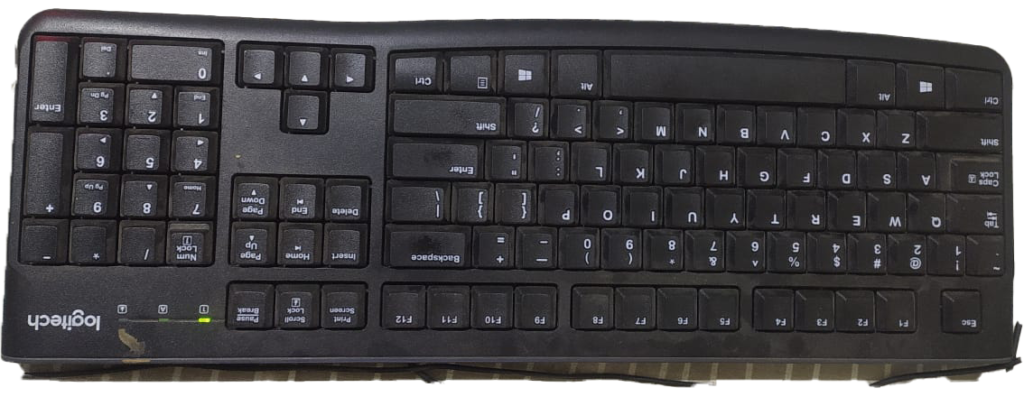
To determine the best keyboard for your needs, consider the following factors:
- Usage: Think about how you plan to use the keyboard. If you need a keyboard for gaming, look for one with mechanical switches, customizable lighting, and programmable keys. For general typing and office work, a standard keyboard or an ergonomic keyboard might be more suitable.
- Switch type: Consider the type of key switch that suits your preferences. Mechanical switches provide tactile feedback and a more satisfying typing experience but can be louder. Membrane or scissor-switch keyboards are quieter and generally more affordable but may not offer the same level of tactile feedback.
- Wired or wireless: Decide whether you want a wired or wireless keyboard. Wired keyboards offer a stable connection and generally lower latency, while wireless keyboards provide more flexibility and reduce cable clutter on your desk.
- Ergonomics: If you spend a lot of time typing, consider an ergonomic keyboard that promotes a comfortable hand and wrist position to reduce strain and fatigue.
- Layout and size: Consider the layout (QWERTY, AZERTY, Dvorak) and size (full-size, tenkeyless, compact) of the keyboard. Make sure it fits your typing style and desk space.
- Key rollover and anti-ghosting: For gaming or fast typists, look for keyboards with higher key rollover and anti-ghosting features to ensure that all keypresses are registered accurately.
- Backlighting: If you often work in low-light conditions or prefer a more personalized appearance, consider a keyboard with backlighting. Customizable RGB lighting allows you to choose different colors and effects.
- Budget: Determine your budget and look for keyboards within your price range. Keep in mind that high-quality mechanical keyboards tend to be more expensive than membrane or scissor-switch keyboards.
- Brand reputation: Consider keyboards from reputable brands known for their quality, durability, and customer support.
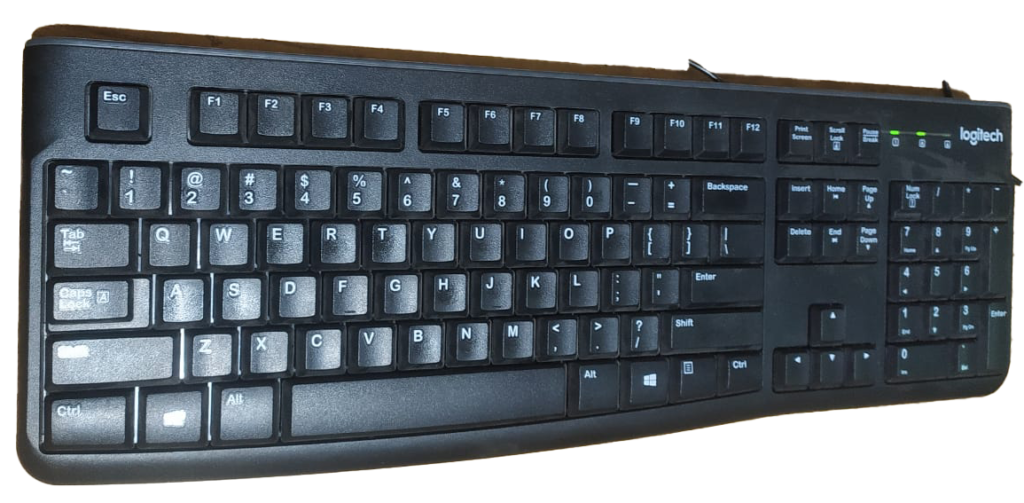
Once you have assessed your needs and preferences, research and compare different models that meet your criteria. Read reviews from other users to get an idea of their experiences with the keyboard and make an informed decision.
Full form of Keyboard?
“Keyboard” is not an acronym, so it does not have a full form. The term “keyboard” is derived from the arrangement of keys in a board-like fashion on the input device, which is used for typing and entering data into computers and other electronic devices.
Price of the Keyboard in rupees?
The price of a keyboard in Indian Rupees (INR) can vary significantly depending on the brand, type, features, and quality. Here is a general price range for different types of keyboards in India:
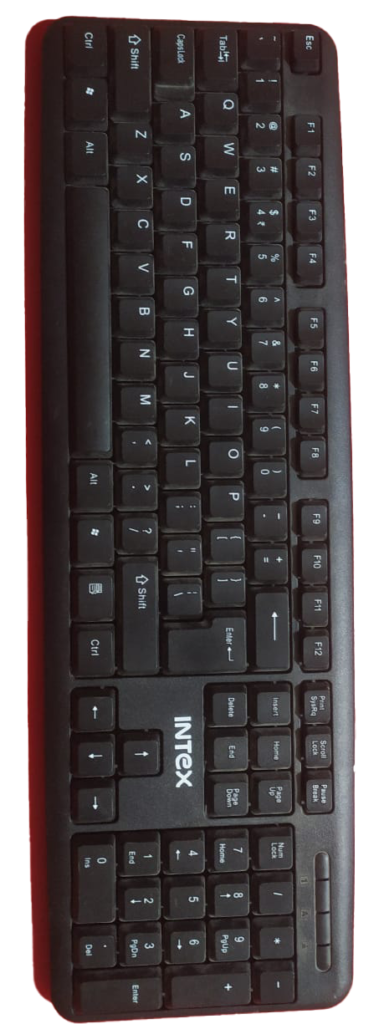
- Basic wired keyboards: These can start as low as ₹300 to ₹800 for entry-level models from lesser-known or generic brands. Reputable brands like Logitech, HP, and Dell may have models ranging from ₹800 to ₹2,000.
- Wireless keyboards: Prices for wireless keyboards can range from ₹800 to ₹4,000 or more, depending on the brand, connectivity options, and additional features.
- Mechanical keyboards: Mechanical keyboards are generally more expensive, with prices starting around ₹2,500 and going up to ₹15,000 or more for high-end gaming keyboards with customizable RGB lighting and other advanced features.
- Ergonomic keyboards: Ergonomic keyboards can range from ₹2,000 to ₹10,000 or more, depending on the brand and design.
- Gaming keyboards: Gaming keyboards can start around ₹1,500 for entry-level models and go up to ₹20,000 or more for premium models with mechanical switches, programmable keys, and customizable RGB lighting.
Please note that these prices are approximate and may vary depending on the retailer, discounts, and regional pricing differences. It’s essential to research and compares prices from different sellers before making a purchase to ensure you get the best deal for your desired keyboard.
related to keyboards that people often search for:
- Best keyboards
- Gaming keyboards
- Wireless keyboards
- Ergonomic keyboards
- Top keyboard brands
- RGB keyboards
- Tenkeyless keyboards
- Compact keyboards
- Keyboard reviews
- Mechanical keyboards
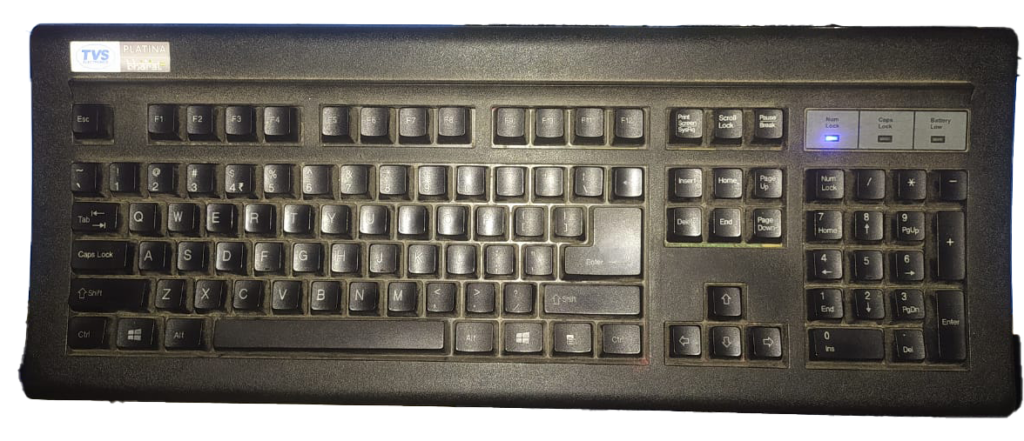
Important Links
1-VedantSri Official Website:- https://vedantsri.com



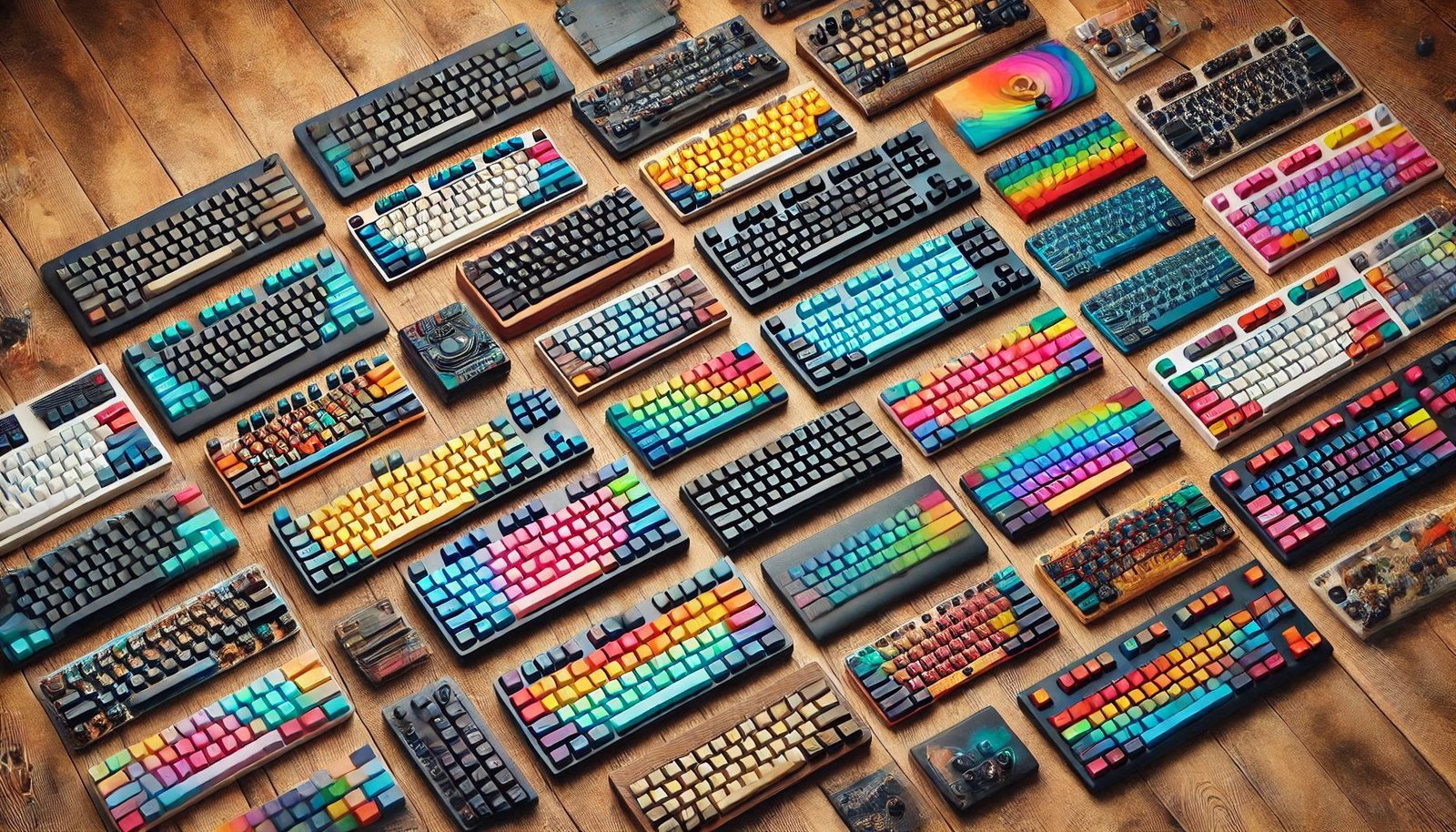

1 Comment